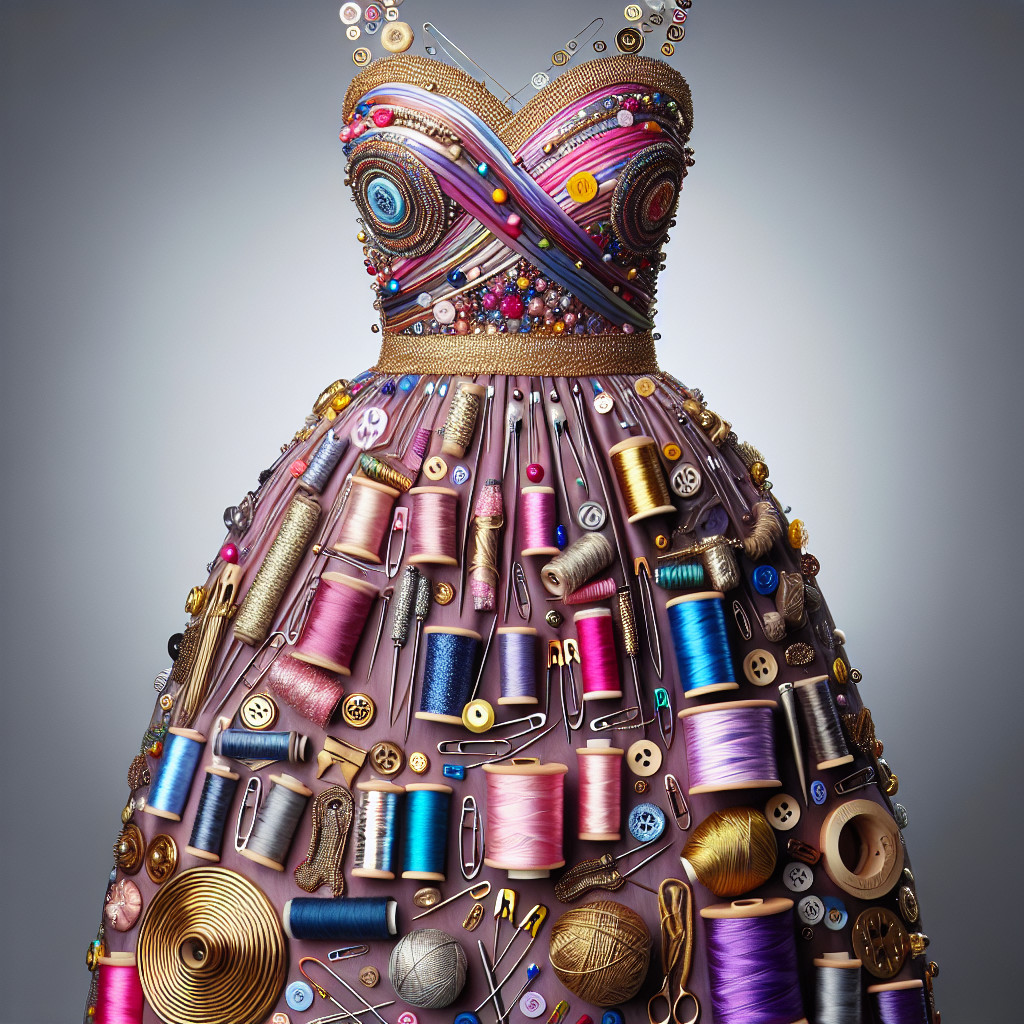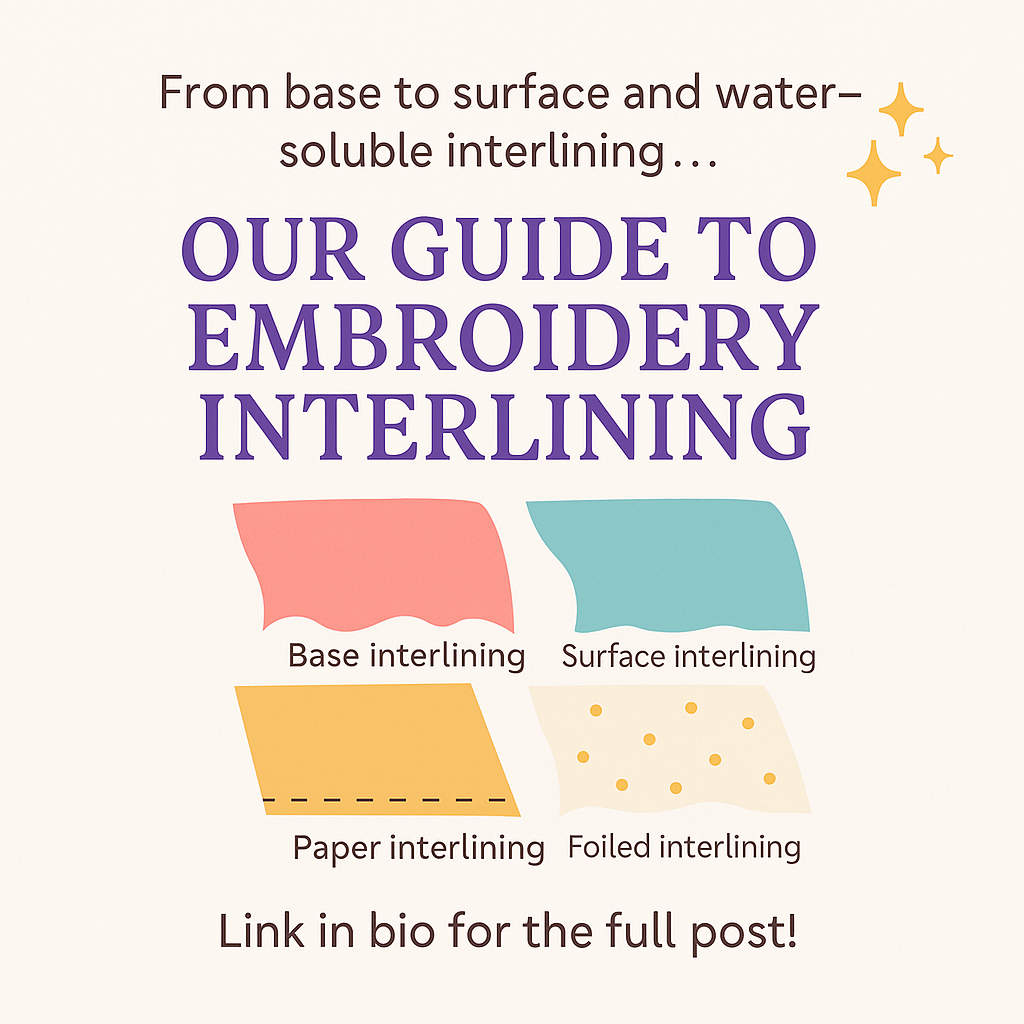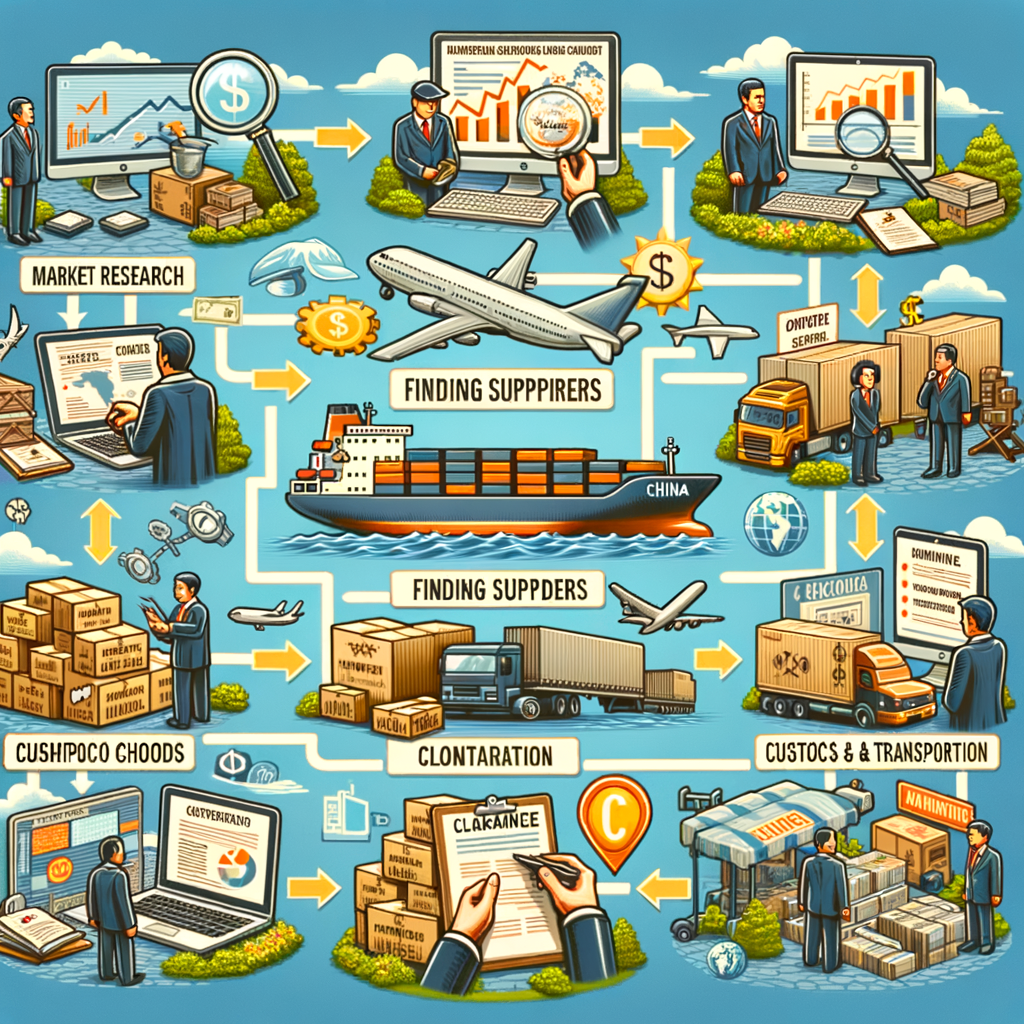The textile industry, long known for its traditional production methods, is undergoing a profound transformation driven by the integration of artificial intelligence (AI). AI’s potential in textiles is vast, promising to reshape the way the industry operates and enhance its journey towards greater efficiency, innovation, and sustainability. As AI continues to evolve, its impact on textiles will become more pronounced, opening new avenues for intelligent manufacturing, supply chain optimization, design innovation, and quality control.
Broad Application of AI in the Textile Industry
The textile industry presents numerous opportunities for AI integration across various facets of production, management, and design. These are some of the primary areas where AI is expected to have a substantial impact:
- AI-Enabled Intelligent Inspection Systems
One of the most critical uses of AI in textiles is quality control. AI-powered inspection systems, incorporating advanced image recognition, machine learning algorithms, and big data analytics, are transforming the way textile defects are detected. These systems can swiftly and accurately identify flaws in fabrics, such as color inconsistencies, fiber defects, and pattern errors. This level of precision ensures that manufacturers can maintain higher product quality standards while increasing detection efficiency, thus minimizing wastage and the cost associated with human error. - AI-Driven Production Optimization
AI also plays a crucial role in optimizing textile manufacturing processes. With real-time data analysis and predictive capabilities, AI systems can regulate various production stages, such as yarn winding, twisting, weaving, and dyeing. By analyzing production metrics, AI can improve manufacturing flexibility and efficiency while reducing costs associated with excess inventory. Moreover, AI helps accelerate the time to market by streamlining production schedules, enabling faster responses to changing market demands. The result is a leaner, more agile production process that minimizes resource waste and enhances overall output. - AI-Optimized Supply Chain Management
In today’s highly competitive textile market, an efficient supply chain is essential. AI can analyze large volumes of data to forecast raw material requirements, optimize inventory levels, and predict demand with greater accuracy. By using AI-powered models to anticipate trends in supply and demand, companies can reduce the risks of shortages or surpluses, allowing for more flexible and resilient supply chains. This is especially vital in an industry where the ability to respond quickly to fashion trends and market shifts can provide a significant competitive edge. - AI-Assisted Design Innovation
One of the most exciting areas of AI application in textiles is design. By leveraging deep learning algorithms, AI can help designers identify emerging fashion trends, analyze consumer preferences, and generate innovative designs. AI’s ability to learn from vast datasets on color combinations, patterns, and fabric choices allows it to suggest creative solutions that align with current market demands. This personalization not only enhances the design process but also enables designers to create products that cater to individual customer tastes, further pushing the boundaries of textile innovation.
Current Status of AI in the Textile Industry
Despite the promising potential of AI in textiles, its current application remains at a relatively early stage. Most AI implementations in the industry are focused on improving design processes, optimizing production, enhancing quality control, and streamlining logistics. While some advanced textile companies have made significant strides in automating entire production lines and establishing real-time quality monitoring systems, the full integration of AI across all stages of textile production is still a work in progress.
Several companies have already seen substantial gains from AI adoption. Automated production lines, powered by AI, can now handle complex tasks with little to no human intervention, dramatically increasing productivity while reducing the need for manual labor. Additionally, the use of AI in monitoring energy consumption during production has helped many manufacturers improve energy efficiency, reducing both environmental impact and operational costs. Furthermore, the integration of AI into logistics and supply chain management has led to more efficient planning and coordination, allowing companies to remain competitive in the global market.
Future Prospects for AI in Textiles
Looking ahead, AI is poised to play an even more significant role in the textile industry. As technology advances and more companies invest in AI solutions, the capabilities of intelligent systems will expand, enabling even greater efficiencies and innovations.
In the future, smart machines will not only replace repetitive physical tasks but also assist workers in improving their skills. AI will enhance workforce capabilities by providing real-time data insights, allowing managers to optimize production schedules and respond to market trends more effectively. With AI-enabled analytics, companies can shift from reactive to proactive decision-making, allowing them to address potential challenges before they arise and capitalize on emerging opportunities.
Moreover, AI will contribute to the textile industry’s sustainability and high-quality development. By reducing waste, optimizing resource usage, and facilitating more sustainable production practices, AI will enable the industry to reduce its environmental footprint. The integration of AI with other advanced technologies, such as the Internet of Things (IoT) and robotics, will lead to the development of fully automated factories where machines can communicate with each other to optimize processes and reduce human intervention.
Conclusion
Artificial intelligence holds the key to the future of the textile industry, offering solutions to long-standing challenges and paving the way for greater innovation. As AI technologies mature and become more accessible, the textile industry will see significant improvements in production efficiency, design creativity, and supply chain management. The companies that embrace AI early on will be well-positioned to thrive in a rapidly changing market, benefiting from increased competitiveness and sustainability.
In an era where consumer demands are constantly evolving, AI will empower the textile industry to respond quickly and efficiently, ensuring that products are not only of higher quality but also more in line with current market needs. As a result, AI will not only revolutionize how textiles are made but also how they are conceived, designed, and delivered to consumers worldwide.




